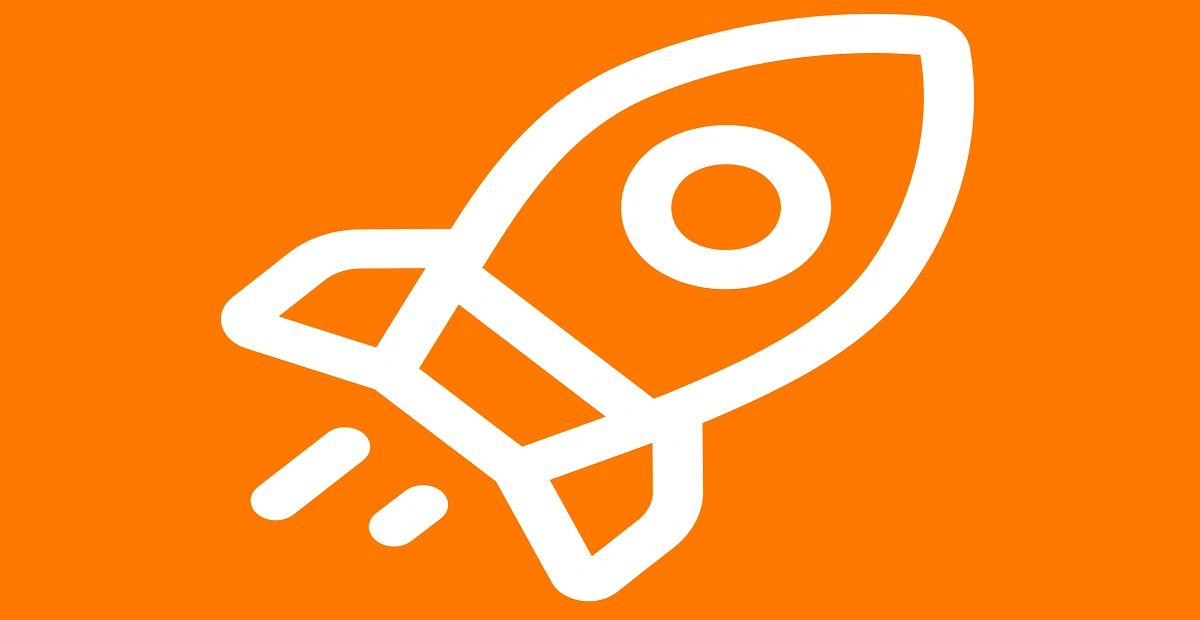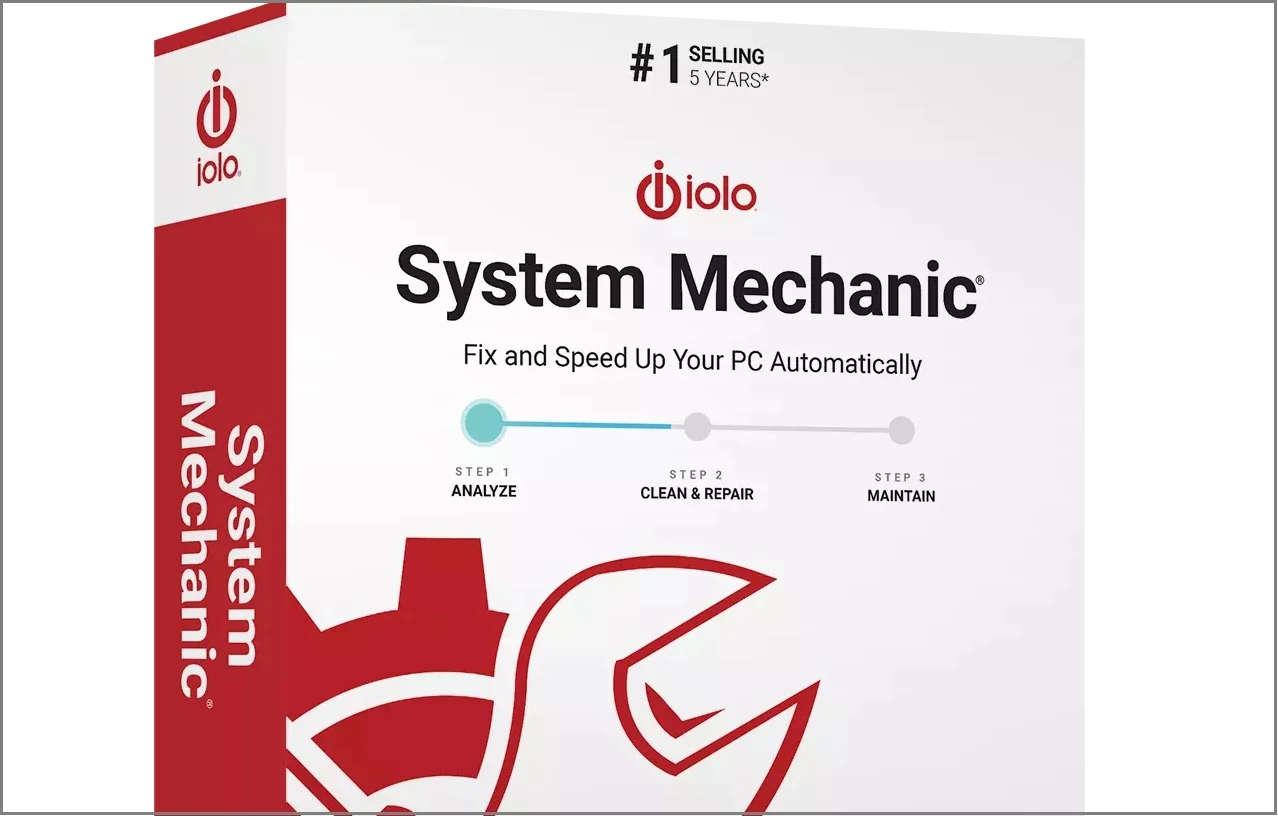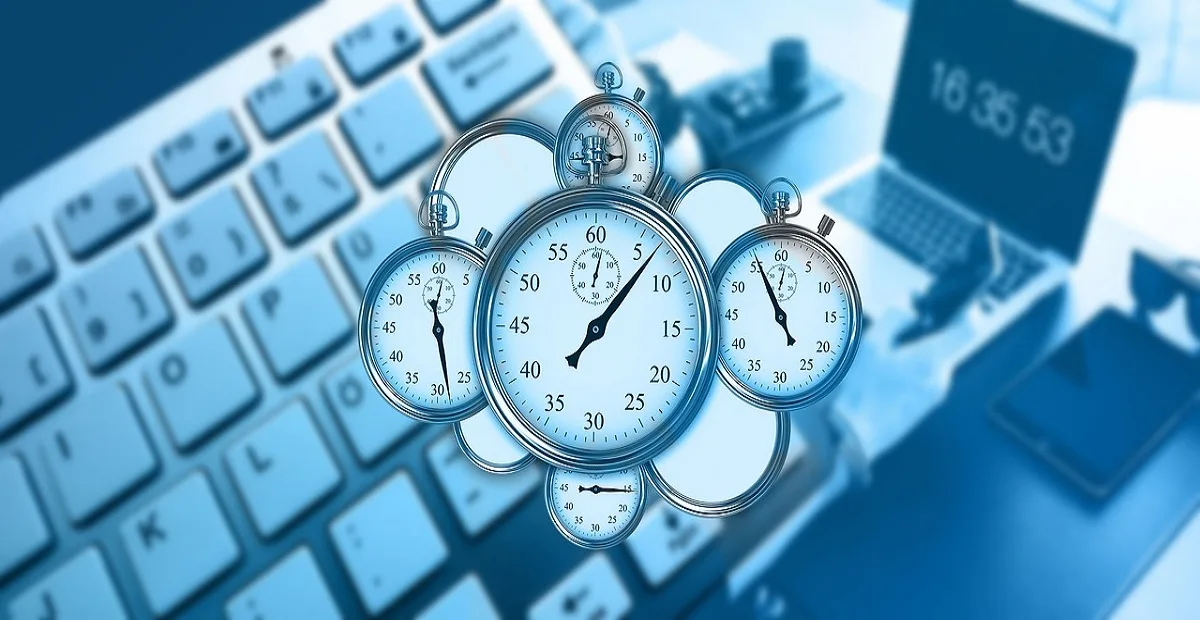How To Connect a Wireless Printer Easily to Windows 11/10 PC
Printing tasks are part of most home and office work today. Isn’t it? Well, yes! Using a wireless printer makes printing easier and faster because you don’t need cables. It allows you to print documents and images from any corner of your room as long as your device and printer are connected to the same network.
Many people find it confusing to connect a wireless printer easily to Windows. The process may seem technical, but it’s actually quite simple once you know the right steps. Whether you are setting it up for the first time or reconnecting after a reset, this guide will help you connect a wireless printer easily Windows system without stress.
Important Precautions Before You Start
Before you begin, make sure everything is ready for a smooth connection. Taking a few simple precautions can help you avoid setup errors or failed connections.
Follow these important tips before you connect your printer:
- Check Wi-Fi Connection: Ensure your Wi-Fi network is active and stable. The printer and your PC must connect to the same network. Weak signals can interrupt setup.
- Turn On the Printer: Plug in your printer and make sure it is powered on. Wait for a few seconds to let it initialize before proceeding.
- Update Windows: Confirm your Windows 11 or Windows 10 is up to date. Updates often include new drivers that help detect wireless printers easily.
- Keep Printer Close to Router: Place your printer near your Wi-Fi router during setup. This prevents signal drops and ensures smooth configuration.
- Know Your Network Name and Password: You will need the Wi-Fi name (SSID) and password. Make sure you have them ready before you start the setup.
- Disable VPN Temporarily: A VPN connection might block local network discovery. Turn it off until you finish connecting your printer.
- Restart Devices if Needed: If your printer or PC does not detect the other, restart both. It often fixes small connection issues.
- Read the Manual Once: Skim through your printer’s quick setup guide. Each model may have a small difference in the connection steps.
How To Connect a Wireless Printer Easily to Windows 11/10 PC
There are several ways to connect a wireless printer easily Windows systems. You can do it through Wi-Fi, Windows settings, or the printer software itself. Choose the one that fits your situation best. Each method is simple and works for both beginners and advanced users.
Method 1: Connect the Printer to Wi-Fi Network
The first and most common step is to connect your printer to the Wi-Fi network. Once it joins your home network, your Windows 11 or 10 PC can detect it easily. This process helps your devices communicate wirelessly and eliminates the need for USB cables.
When your printer is connected directly to Wi-Fi, you can print from multiple computers or even mobile devices on the same network. It’s convenient and saves time, especially in offices or households with several users.
Why this method helps:
- Works for almost all modern wireless printers.
- Allows you to print from multiple devices.
- Reduces the number of cables and clutter.
- Makes your printer available across your local network.
Steps:
Step 1: Open your printer’s control panel and find the Network or Wi-Fi Settings option. Select Wireless Setup Wizard.
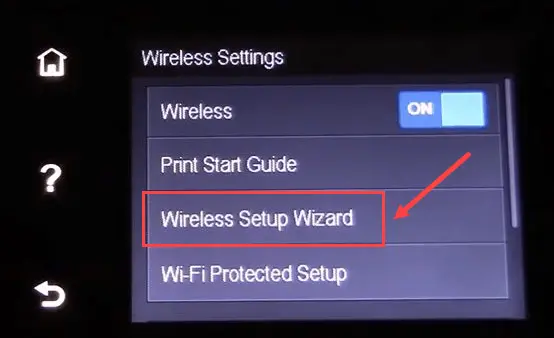
Step 2: Choose your Wi-Fi network name, enter the password, and wait until the connection completes.
Once done, your printer will show a Wi-Fi icon or a confirmation message. It is now ready to be added to your Windows PC.
Method 2: Add the Printer via Windows Settings
If your printer is already connected to Wi-Fi, you can add it through Windows Settings. This method lets your PC search for and install the correct drivers automatically. It’s one of the fastest ways to connect a wireless printer easily Windows computers.
Windows 11 and Windows 10 both have built-in features that make printer detection simple. You just need to let your system find the printer and follow the on-screen instructions.
Why this method helps:
- No manual driver installation needed.
- Fast and simple setup for home users.
- Windows installs required printer software automatically.
- Works for most popular printer brands.
Steps:
Step 1: Go to Settings > Bluetooth & Devices > Printers & Scanners.

Step 2: Click Add Device, select your wireless printer from the list, and wait while Windows installs it.
Once installation finishes, print a test page to confirm the setup is successful.
Method 3: Install Manufacturer’s Printer Software
Printer companies like HP, Canon, Epson, and Brother offer their own setup tools. These tools automatically detect the printer and help configure the wireless connection easily. Using the official software often gives better control over print quality, ink levels, and updates.
This option is useful if Windows cannot find your printer automatically. It also provides extra features like scanning, maintenance, and firmware updates.
Why this method helps:
- Provides full control over printer settings.
- Ensures the latest drivers are installed.
- Fixes issues if the printer isn’t detected by Windows.
- Works even with older or specific printer models.
Steps:
Step 1: Visit the official website of your printer’s manufacturer (like HP or Epson) and download the setup software.
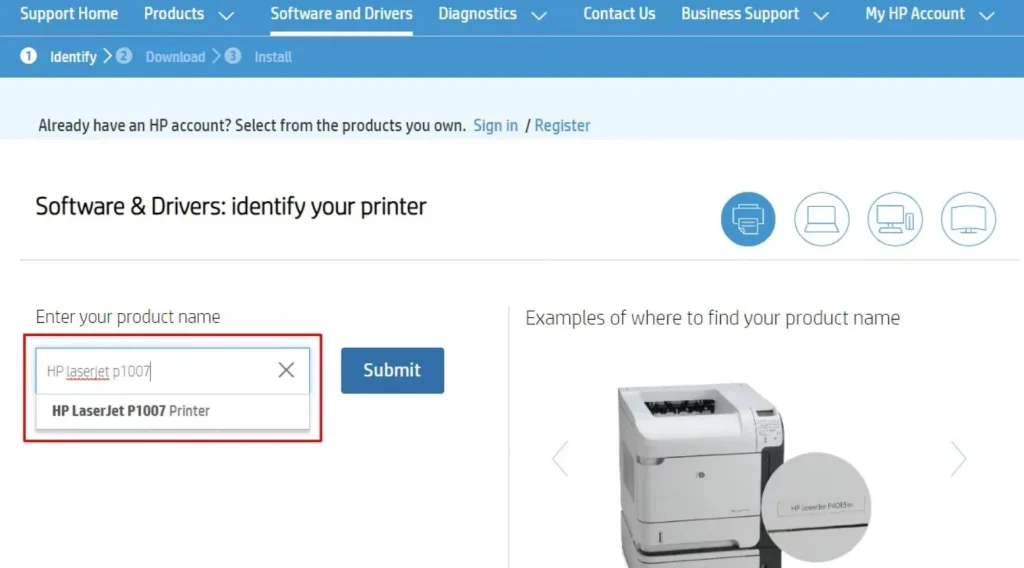
Step 2: Run the installer, choose Wireless Setup, and follow the guided instructions to complete the connection.
After the process, your printer will appear in the Printers & Scanners section of your PC.
Method 4: Use the WPS (Wi-Fi Protected Setup) Button Method
The WPS button method is one of the quickest ways to connect a wireless printer easily to Windows systems. It doesn’t require you to type your Wi-Fi password. All you need is a Wi-Fi router with a WPS button.
This method is perfect if you prefer a hands-free setup. It automatically connects your printer to the network without any manual entry.
Why this method helps:
- Quick and easy connection process.
- No need to enter Wi-Fi password.
- Great for non-technical users.
- Works with most modern routers and printers.
Steps:
Step 1: Press and hold the WPS button on your Wi-Fi router for a few seconds.

Step 2: Within two minutes, press the Wireless or WPS button on your printer.
The printer will automatically connect to the network. Wait until the Wi-Fi light becomes steady. Then, add it to your Windows PC through the Printers & Scanners settings if needed.
Helpful Tips for Beginners and Advanced Users
Once you connect your printer, maintaining it properly helps avoid connection drops and printing errors. Here are useful tips for both new and experienced users.
- Restart the Router and Printer Occasionally: It clears the cache and fixes minor connection problems.
- Assign a Static IP Address: This prevents the printer from losing connection when the router restarts or changes IP addresses.
- Use Windows Troubleshooter: The built-in troubleshooter can fix many printer issues automatically without needing extra tools.
- Install Updated Drivers:
Always keep printer drivers up to date to maintain smooth performance and compatibility. - Avoid Network Congestion:
If too many devices share the same Wi-Fi, your printer might lag. Disconnect unused devices temporarily. - Check Firewall Settings: Sometimes, security software can block printer communication. Add the printer as a trusted device.
- Use Manufacturer Apps:
Many printer brands have mobile and PC apps that simplify wireless printing and scanning. - Print a Test Page After Setup:
This confirms everything works correctly and helps identify connection problems early.
Conclusion
Connecting a wireless printer to a Windows 11 or Windows 10 PC might seem complicated, but with the right approach, it becomes quick and simple. Each method described above helps you connect a wireless printer easily to Windows systems without stress. Whether you use Wi-Fi setup, Windows settings, manufacturer software, or the WPS button, the process takes only a few minutes.
Remember to follow precautions before you begin and use the tips shared for better performance. Once connected, you can enjoy smooth, cable-free printing across multiple devices. A wireless printer not only saves time but also keeps your workspace neat and modern.
FAQs:
1. Why is my wireless printer not showing on Windows?
Fact: Windows might fail to detect the printer if both devices aren’t on the same Wi-Fi network.
Logic: Printers communicate through local network signals, so mismatched networks block detection.
Understanding: Your printer could be connected to a guest network or an older Wi-Fi frequency band.
Quick Tip: Reconnect both your PC and printer to the same Wi-Fi and try adding it again from Printers & Scanners.
2. Can I connect my wireless printer to more than one computer?
Fact: Yes, multiple computers can share the same wireless printer over one network.
Logic: The printer broadcasts its connection to all devices linked to the same router.
Understanding: Once added, every PC on the network can access the printer without repeating the setup.
Quick Tip: Add the printer manually on each device by searching for it in Printers & Scanners.
3. What should I do if my printer keeps disconnecting from Wi-Fi?
Fact: Frequent disconnection usually happens because of IP address changes or weak Wi-Fi signals.
Logic: When a router restarts, it may assign a new IP address, breaking the link between devices.
Understanding: The printer temporarily loses its place on the network and fails to respond.
Quick Tip: Assign a static IP to your printer and keep it close to the router for stable connectivity.
Popular Post
Recent Post
How To Connect a Wireless Printer Easily to Windows 11/10 PC
Printing tasks are part of most home and office work today. Isn’t it? Well, yes! Using a wireless printer makes printing easier and faster because you don’t need cables. It allows you to print documents and images from any corner of your room as long as your device and printer are connected to the same […]
How To Connect Your Windows 11 PC to a Projector or Another PC
A bigger screen can help you share your work with others. When you connect your Windows 11 PC to a projector, your screen becomes easier to view in a meeting room, classroom, or home. You can show slides, videos, notes, or entertainment. Most people do this for work or study, but it is also helpful […]
How To Set Up Dual Monitors Easily Windows 11/10: Complete Guide
Working with one screen can feel limiting. You switch between apps constantly. Your workflow slows down. A dual monitor setup changes everything. It gives you more space to work. You can see multiple things at once. This guide shows you how to set up dual monitors easily on Windows systems support. Windows 11 and Windows […]
How to Set Your Preferred Default Printer On Windows 11/10: Complete Guide
Printing documents should be simple. But many users struggle with their printer settings. Windows often picks the wrong printer as the default. This creates delays and wastes paper. Setting up your preferred printer as the default saves time. It prevents printing errors. This guide shows you how to set your preferred default printer Windows systems […]
Ashampoo WinOptimizer Review: Can It Really Speed Up Your PC?
Is your computer running slowly? Do programs take forever to load? You’re not alone. Millions of PC users face this problem daily. Ashampoo WinOptimizer claims it can fix these issues. This software promises to clean junk files, boost speed, and make your computer run like new. But does it really work? Or is it just […]
Screen Mirroring | Screen Cast Phone to Laptop Windows 11
screencast phone to laptopScreen mirroring is a great way to show your phone’s screen on a laptop. Right? Whatever you see on your phone, videos, games, apps, it shows up on the bigger screen too. It’s great for watching with friends, sharing ideas, or just getting a better view. Lots of people think it’s hard […]
Avast Cleanup PC Cleaner and Optimizer: Everything You Need to Know
Your computer gets slower over time. This is normal but frustrating. Files pile up. Programs start automatically. Your PC takes forever to boot up. You need a solution that works. Something simple but effective. Avast Cleanup promises to fix these issues. But does it really work? This guide covers everything about Avast Cleanup. You’ll learn […]
How to Recover Permanently Deleted Files in Windows 10/8/7
Losing important files can feel like a disaster. Well, yes! Maybe you deleted something by accident. Maybe you emptied the Recycle Bin a little too quickly. Suddenly, that crucial document or cherished photo seems lost forever. But take a deep breath. Windows 10 (and even 8 or 7) offers powerful ways to recover permanently deleted […]
Iolo System Mechanic: Full Review & Performance Breakdown
A fast computer is vital today. Slow systems waste time and hurt productivity. Common reasons include too many startup apps, junk files, and broken settings. There are many tools that claim to fix these issues. Some are light cleaners. Others act as full optimization suites. Iolo System Mechanic belongs in the second group. It is […]
How To Set Your Time And Zone Manually Windows 11/10: Complete Guide
Windows computers usually set the time automatically. But sometimes you need to set your time and zone manually on Windows systems. This happens when automatic settings fail. It also happens when you travel to different time zones. Manual time setting gives you full control. You can fix wrong time displays. You can also set custom […]





















